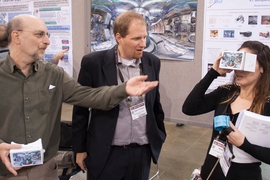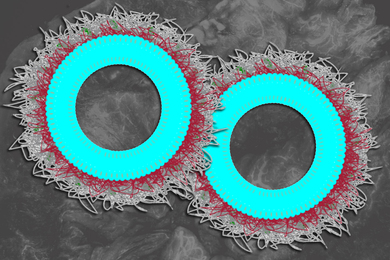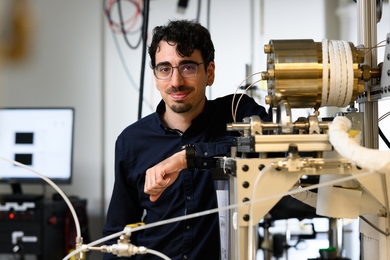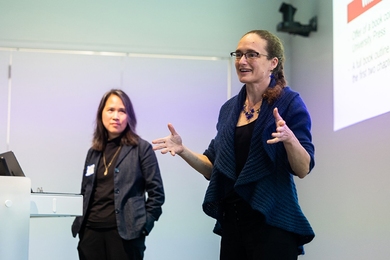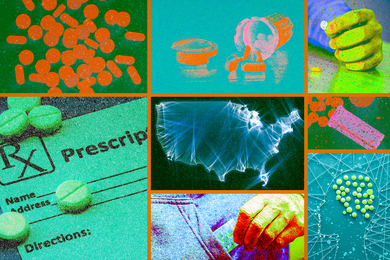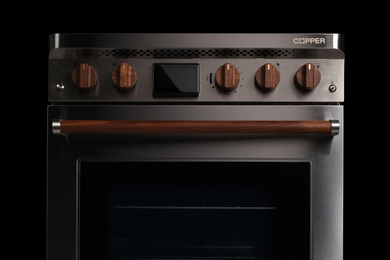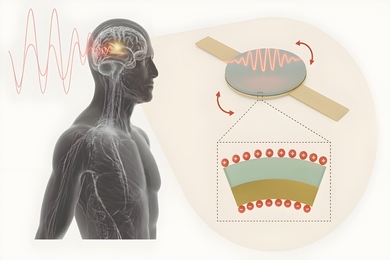Students and staff members at MIT’s Plasma Science and Fusion Center (PSFC) have completed their third outreach event in as many weeks. Middle School Outreach Day on May 5, which invites students and teachers from around Massachusetts to spend a day learning about plasma and fusion research at the PSFC, has been an annual event for over 20 years. This outreach, along with regular tours and lectures, honed the PSFC for its recent involvement in the MIT 2016 Open House on April 23 and the USA Science and Engineering Fair at the Washington Convention Center in Washington April 15-17.
The Washington event was a first for PSFC. Communications and outreach coordinator Paul Rivenberg, along with postdoc Ted Golfinopoulos, data systems manager Josh Stillerman, and Department of Nuclear Science and Engineering administrator Valerie Censabella, spent Patriots' Day weekend as the fusion power plant component of the National Academies’ “Decision Town.” The PSFC shared prime convention center space with a diner, patent office observatory, brain center, police station, and arctic research station, each stop requiring participants to make a decision based on information provided. To help visitors decide on the value of pursuing fusion research, PSFC staff demonstrated electromagnetism and its effects; helped them create plasma (potential fusion fuel) with a neon sword; used a video game to encouraged their skill at confining hot plasma; and took them on a virtual tour of the inside of MIT’s Alcator C-Mod tokamak reactor. The power plant staff found visitors overwhelmingly in favor of funding fusion research.
The science and engineering festival, which typically accommodates over 350,000 people, provided the opportunity for PSFC staff to work with younger children than the usual middle and high school students. “[There were] lots of elementary school students and parents with young children,” observed Rivenberg. “We really had to find a way to explain magnetism and fusion in a way everyone could understand. It was great practice for the MIT 2016 Open House.”
For the MIT event, the PSFC provided tours of the Alcator C-Mod tokamak, the center of fusion research at MIT. Graduate students Alex Tinguely and Alex Creely showed off the project to almost 200 visitors. Tinguely noted, “Some people were interested in how we ‘got away with’ putting a fusion device in the center of Cambridge.” The students used the opportunity to educate the public about the inherent safety of fusion, stressing that although a fusion plasma might scar the interior of the machine during a disruption, it would dissipate immediately, eliminating any concern about damage to the environment.
At the Johnson Athletic Center, PSFC students and postdocs staffed eight well-attended tables of material and demonstrations on fusion, plasmas, magnetism, and superconductivity. They showed visitors how to create a plasma in a glow discharge tube, and even in a pickle.
Graduate student Pablo Rodriguez Fernandez enjoyed discussing the fuel tokamaks use to create fusion. “I love the faces of people when you tell them that we create plasmas at millions of degrees. That’s when they get really interested.” He was surprised by a number of older visitors who had worked in fusion research many years ago, including one MIT alumnus. “They were so interested in how the field had evolved,” he noted. Graduate student Libby Tolman especially enjoyed teaching the crowd about magnets, which are essential to fusion research. “I arranged a set of compasses around a coil of wire, and turned on a current through it, causing the compasses to change from pointing north to pointing around the wire. Children's eyes lit up when this happened, and I remembered that magnetism is really cool!”
With two weekends of outreach behind them, PSFC staff and students were ready for the center’s Middle School Outreach Day on May 5. Seventy students and teachers spent the morning learning about fusion and superconductivity. They took tours of the Alcator C-Mod tokamak and of the high-energy density physics laboratory, where researchers are making progress on inertial fusion. They played a fusion video game, while questioning graduate students about their paths to MIT.
The day attracts many teachers and schools that return yearly. Returning teacher Sarah Vendetti of Rising Tide Charter School in Plymouth enthused, “We love the chance for the students to engage with MIT students and faculty, see the work of real scientists in real facilities, and experience unusual phenomena that I don’t have access to in my classroom.” She notes that due to new science standards she will be adopting a more integrated approach to science, with less emphasis on physics and chemistry and more emphasis on earth and environmental science and ecology. “Because of this, I will be looking at fusion through the lens of renewable energy.”
PSFC staff and students, with enthusiasm for fusion as a carbon-free and potentially endless source of energy, are ready to tell you all about it — with demos.
PSFC outreach is funded by Department of Energy Office of Fusion Energy Science grant number DE-SC0014478.




